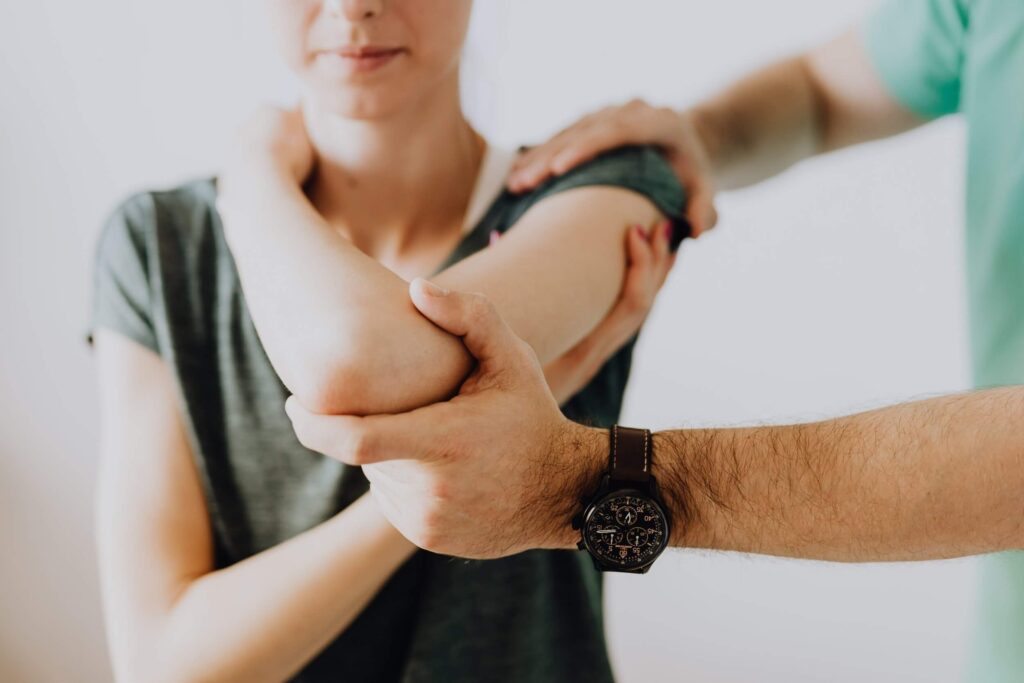The competitive season for sport can be demanding and fatiguing as athletes find themselves firing on all cylinders for the entire time. As the season progresses, the athletes inevitably end up performing repetitive movements and actions in their respective sport, which may predispose them to certain injury mechanisms (also referred to as the “inciting event”).

Highlights
- The off season ensures that athletes get to rest and recover, enables the rehabilitation and strengthening of tissues/joints affected by injuries and allows one to prepare for the upcoming season,
- While under-training will result in poor adaptations in the given span of time, on the other hand, chaotically pushing beyond one’s limits (or overtraining) may result in potential injuries, which is counterproductive and takes away time from training and sport,
- Each individual adapts differently to stimulus and it is important to find and hammer that sweet spot for maximal adaptations, minus the negative side- effects.
The off season
Upon completion of the season, and before moving on to the next, the athletes usually get some time off in the form of an off season. This is important for several reasons:
- Ensures rest and recovery from the previous season.
- Enables the rehabilitation and strengthening of tissues/joints which may have been affected by acute and chronic injuries.
- Allows one to prepare for the rigorous demands of the upcoming season. Many athletes utilize this time to rebuild their skill sets and abilities—physically and tactically—in order to be able to handle the demands of the sport and perform well in the upcoming season.
Physical traits and biomotor qualities
Let us now look at all the parameters that can be trained as physical traits, which can be broken down into the primary biomotor qualities of strength, power, speed, endurance and flexibility.
It is reasonable to be filled with questions at this point. Let us embark on a needs analysis and figure out the next steps.
Needs analysis
Needs analysis refers to an understanding of where an individual stands in the present moment. To understand this practically, let’s use the analogy of a pyramid (see image below):
- The base of the pyramid is the most important part of the structure as it provides a solid foundation to build more structures on. The stronger and wider the base, the bigger the size of the pyramid. In this context, the base represents movement competency, i.e. the ability to move through fundamental patterns. The assessments for this include movement and injury screens to assess gross movement patterns.
- The second block, on top of the foundation block, represents performance. Once one has established some proficiency in movement competency, they must now look at how efficient they are at that movement, i.e. movement capacity. The assessments for this will primarily look at quantifying the biomotor abilities mentioned earlier (strength, power, speed, flexibility and endurance).
- The apex of the pyramid is the sport-specific skill. This takes into account one’s ability to play a specific sport or play a specific position within that sport, i.e. movement skill. The assessments for these are more specific to the sport/position within the sport being played.

A note on the specificity of adaptations
The principle of specificity dictates that “the adaptation of the body or change in physical fitness is specific to the type of training undertaken”. If one wants to become strong, they must train strength; if one wants to become faster, they must train speed.
It must be noted, however, that these attributes do diminish over a course of time, if not trained appropriately. Take a look at the residual training effects given below.

Periodization—plugging the gaps in biomotor qualities
Over the course of the season, certain biomotor qualities might see a decline. Assessing the athlete before the off-season camp begins will help identify the gaps in their performance. Once this is done, training can commence by prioritizing the most important attributes/qualities which need to be developed.
Once the assessments have been conducted and the goals established and planned for the off-season, the time comes to put all the pieces together. This planning and structuring of training over the course of time is what is often referred to as ‘periodization’. It can be defined as the systematic planning of athletic or physical training. The aim of periodization is to achieve the best possible performance in the most important competition of the year. A periodized plan must incorporate elements of biomotor abilities that are being developed as well as training of the sporting skill itself. These often overlap and must also be considered when planning off seasons.
Different ways the off-season can be periodized
Let’s explore a few schools of thoughts on how the off season can be periodized.
Non-linear periodization: This is an excellent way of individually training one biomotor quality and secondarily training others at the same time. It’s often used for those with good training backgrounds and longer sport seasons. For example, think about a programme that has you train strength one day, then power two days later—this is non-linear.
The frequent switching up of variables will help athletes who have longer seasons. For instance, an athlete in the thick of their season has multiple things to perform at an optimal level. By changing the focus from something like strength to power, one can help prevent burnout within one variable, such as central nervous system fatigue from too much strength training.

Block periodization: This concept focuses on breaking down specific training periods into two-to-four-week periods. Each block encompasses three different stages: accumulation (50–75 percent intensity), transmutation (75–90 percent intensity) and realization (>90 percent intensity). The objective behind using these smaller, specific blocks is to enable a sportsperson to stay at their peak for longer. This is especially helpful since most kinds of sports go on for longer durations and have multiple peaks. During the course of the training season, sportspersons will only focus on those adaptations they specifically need for their sport—so if an athlete doesn’t see the need for endurance, they don’t have to train for it.

Conjugate periodization: The conjugate sequence system or model is an advanced form of periodization, in which multiple qualities are trained during each phase. However, the emphasis is only given to one motor quality at a time, while the other qualities are trained as maintenance.

- Agile method: This method is a planning framework that relies on decision-making in uncertainty, rather than just in terms of physiological and biomechanical constructs. The usual periodization/planning strategies are based on predictive and linear responses. This mode, however, is ill-suited for dealing with the daily uncertainty and complexity of human adaptation and performance. The training period is broken down into sprints, each of which has a planning, monitoring and review phase. This system adopts both the feedback and feedforward mechanisms, which aid in dealing with uncertainty—which is quite prevalent in the field of sport, especially team sport.

Conclusion
Different sports have different season structures. Let’s look at two different examples:
Olympic weightlifting: In this sport, we are usually looking at one to three preparatory meets through the season, which eventually leads to one main event. This gives athletes ample time through the year to plan their approach and eventually be in the best shape for competition.

Badminton: This sport has tournaments ongoing throughout the calendar year. This requires the athlete to be in the best possible shape at many different points in the year. This would indicate a longer competitive season and a shorter time for off-season work.

There are many different permutations and combinations for planning and executing off-season training. Firstly, it is of paramount importance to assess and not guess. Secondly, it is critical to set realistic goals in this period to understand what can be achieved.
While under-training will result in poor adaptations in the given span of time, on the other hand, chaotically pushing beyond one’s limits (or overtraining) may result in potential injuries, which is counterproductive and takes away time from training and sport.
Each individual adapts differently to stimulus and it is important to find and hammer that sweet spot for maximal adaptations, minus the negative side-effects.
Disclaimer: The contents of this article are for general information and educational purposes only. It neither provides any medical advice nor intends to substitute professional medical opinion on the treatment, diagnosis, prevention or alleviation of any disease, disorder or disability. Always consult with your doctor or qualified healthcare professional about your health condition and/or concerns and before undertaking a new healthcare regimen including making any dietary or lifestyle changes.
References
- Issurin, V. B., and Lustig, G. (2004). “Klassifikation, Dauer und praktische Komponenten der Resteffekte von Training”. Leistungssport, 34(3 ), pp. S. 55–59.
- Canadian Weightlifting Federation. “Training Periodization for the Olympic Weightlifter”.
- Issurin, V. (2008). “Block periodization versus traditional training theory: a review”. Journal of Sports Medicine and Physical Fitness, 48(1), 65.
- Krasilshchikov, O. (2010). “Application of periodisation in various sports”. British Journal of Sports Medicine, 44(Suppl 1), i47–i47.
- Bondarchuk, A. (2007). Transfer of Training in Sports. Ultimate Athlete Concepts.








